As it does every year, Amsterdam Drone Week (ADW) showcased the latest drone technology that will define the present and future of airspace mobility. These solutions are designed to enable the transportation of urgent goods in challenging environments, but exactly how, when and where these drones plus larger ones that can deliver larger objects and even people be implemented? Will we see these operations this year? How will this technology plan a role in sustainable and inclusive cities of the future?
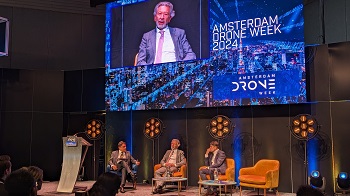 During the opening keynote, Luc Tytgat, Executive Director at EASA, talked about the agency’s efforts to develop European drones regulations that enable innovation without impacting safety. Tytgat previously worked at EASA to successfully increase the level of safety intelligence and developed a better and more agile regulatory framework. That work defines his current role, as he is focused on supporting the creation of a UAM digital platform that will facilitate the integration of much larger drones in a way that makes sense for everyone.
During the opening keynote, Luc Tytgat, Executive Director at EASA, talked about the agency’s efforts to develop European drones regulations that enable innovation without impacting safety. Tytgat previously worked at EASA to successfully increase the level of safety intelligence and developed a better and more agile regulatory framework. That work defines his current role, as he is focused on supporting the creation of a UAM digital platform that will facilitate the integration of much larger drones in a way that makes sense for everyone.
“We’re an enabler,” Tytgat said. "That’s for the technology but also for the communities, which are our most important stakeholders. We need to ensure this technology is being accepted.”
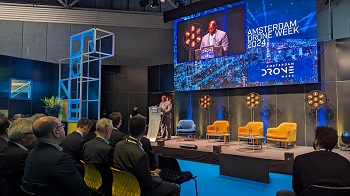 That acceptance is something Jeffrey Vincent, Executive Director of the UAS Integration Office at the FAA, has talked about in the context of the fast and safe integration of crewed and uncrewed aviation to the NAS. He confirmed that the FAA expects to issue a notice of proposed rulemaking (NPRM) on BVLOS flight this year but also detailed how these development are part of something bigger.
That acceptance is something Jeffrey Vincent, Executive Director of the UAS Integration Office at the FAA, has talked about in the context of the fast and safe integration of crewed and uncrewed aviation to the NAS. He confirmed that the FAA expects to issue a notice of proposed rulemaking (NPRM) on BVLOS flight this year but also detailed how these development are part of something bigger.
“Our goal is to enable a new paradigm in aviation,” Vincent told the crowd. “We’re taking a scaled approach, but the ultimate goal is the same.”
A new paradigm in aviation is something that came up in different ways across the event, with people like Michele Merkle from the International Civil Aviation Organization (ICAO) talking about what it means to cooperatively build a global regulatory framework. However, that framework needs to represent something new. Mildred Troegeler from Boeing further echoed that during a panel discussion.
"We cannot rely on the existing set of flight rules that were created around legacy ATC,” Troegeler said. “That requires a transformation of the system at a global level to build a foundation for AAM operations at scale.”
These themes, talking points, and challenges were further reflected in panels that explored the future of scalable drone services in Europe, which digital tools will be required to implement airspace requirements and what it means to build a UAM strategy. Multiple stakeholders provided a global overview of Unmanned Traffic Management (UTM) certification. A complete summary of that session is available, but Amit Ganjoo from ANRA Technologies summarized what it will ultimately take to ensure this effort comes together.
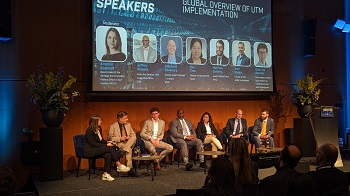 “There needs to be a coalition of the willing” Ganjoo said in response to a question about how the industry was going to get past challenges associated with integration and regulation.
“There needs to be a coalition of the willing” Ganjoo said in response to a question about how the industry was going to get past challenges associated with integration and regulation.
Integration needs to happen on the operational and regulatory levels, which will be one of the bigger challenges with the launching of UAM in Paris for the Summer 2024 that was previously announced. Oliver Reinhardt from Volocopter explained what it has meant to get everything in place for this year, which has meant working through challenges related to everything from regulatory compliance to safety protocols to public perception.
Additional panels focused on the future of eVTOLs, the current status of EU Drone strategy 2.0, what it means to enable BVLOS operations on a truly global scale and much more. These connections and conversations underscore how many different stakeholders need to collaborate to ensure that uncrewed and crewed aircraft can share the airspace in a way that will be both safe and sustainable.
With the inclusion of Commercial UAV Expo Europe as part of ADW in 2025, these types of collaborations are set to expand even further, opening up brand new opportunities across the entire ecosystem.


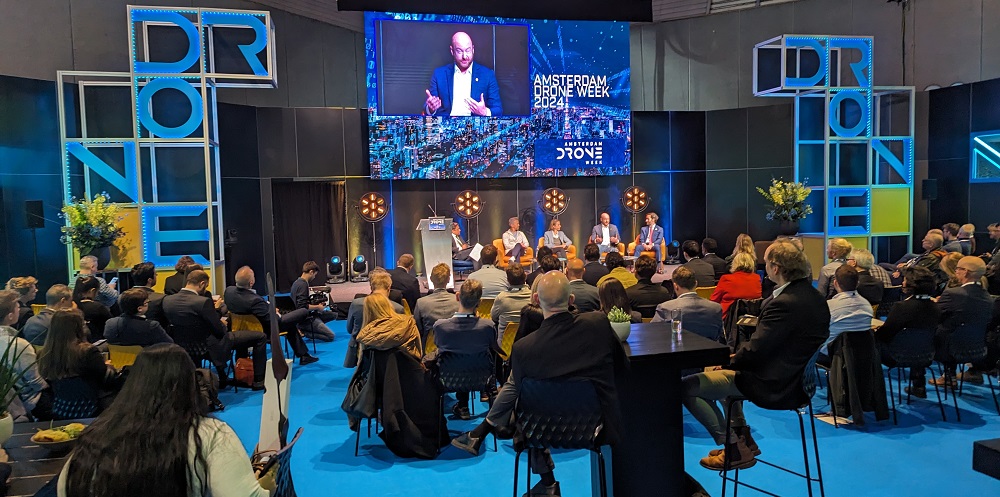

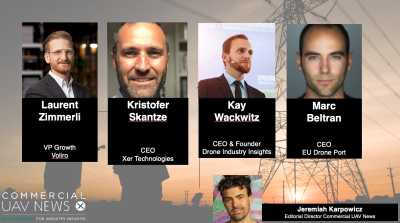
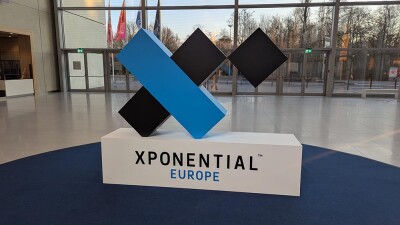










Comments